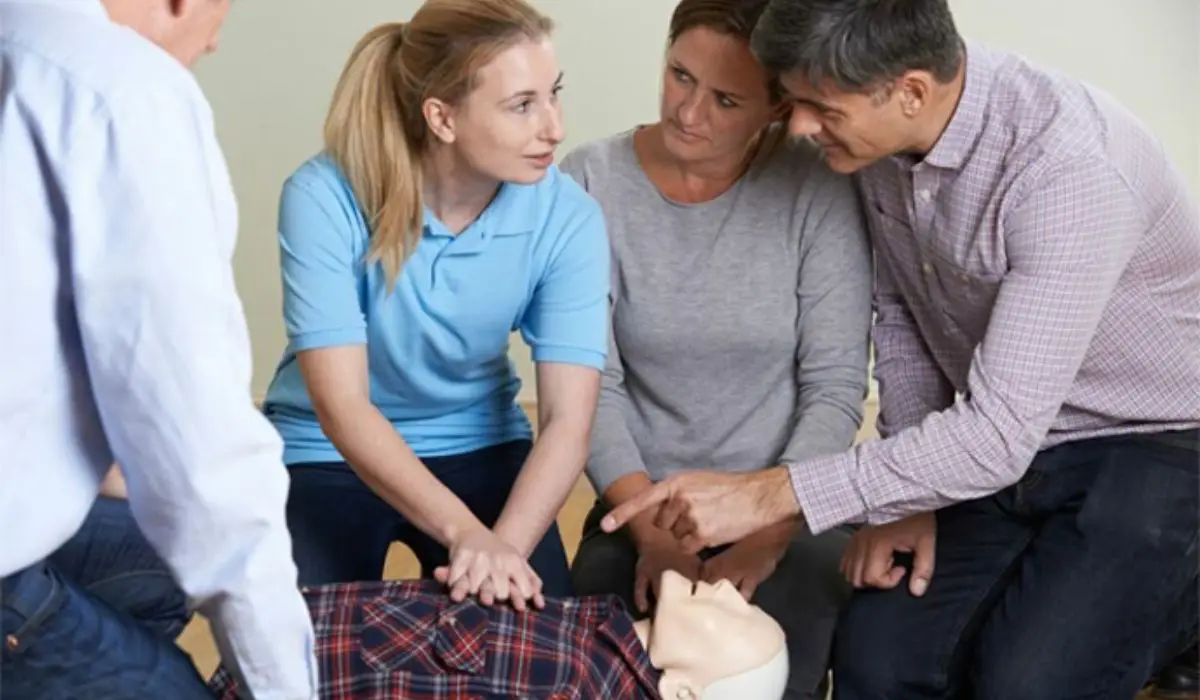
CPR Vs. BLS Certification | How Do You Choose The Ideal CPR Class
Importance Of CPR And BLS Certification
CPR is an essential life-saving skill that everyone should know. According to the American Heart Association, there are more than 350,000 out-of-hospital cardiac arrests in the United States each year. When performed correctly, CPR can double or even triple a victim’s chances of survival. Do you want to save someone’s life? Take your certification in essential life support at Illinois Safety. We offer different classes in different locations. If you have any inquiries, contact us at (630) 290-4280.
Difference Between CPR And BLS
Cardiopulmonary resuscitation, or CPR, is a way to bring someone back to life after a cardiac arrest. Basic life support, or BLS, is a term that includes CPR and other ways to save a person’s life. CPR and BLS are essential skills, but they are different. Here is a closer look at the difference between CPR and BLS.
CPR is an emergency procedure to restart a person’s heart when it stops beating. CPR aims to keep oxygenated blood flowing to the brain and other vital organs until medical help can arrive. Anyone can perform CPR, even if they have no medical training.
On the other hand, BLS is a set of skills taught to healthcare professionals, such as paramedics and nurses. BLS is a set of skills used to care for patients in a medical setting. These skills include CPR. While anyone can learn CPR, only healthcare professionals are trained in BLS.
So, what’s the difference between CPR and BLS? CPR is a life-saving technique that anyone can perform. At the same time, BLS is a set of skills only taught to healthcare professionals. Both CPR and BLS are necessary, but they are different.
Who Is Eligible To Take The BLS Certification Course?
A BLS course is made for doctors, nurses, paramedics, and other people who work in the medical field. The course covers CPR, AED use, and managing choking and other emergencies.
If you work in the healthcare industry or are a first responder, you likely qualify for a BLS course. Some employers may require BLS certification, so it’s a good idea to check with your HR department to see if this is necessary for your job.
Even if you don’t work in healthcare, a BLS course may be beneficial. For example, if you are a new parent, learning CPR could help save your child’s life in an emergency.
No matter your occupation, this course is a great option if you want to be prepared for an emergency.
Who Is Eligible For A CPR Training Course?
Anyone who wants to learn CPR can take a course. There is no age limit, and classes are available for healthcare professionals and the general public. Some workplaces may require their employees to have CPR training, so check with your HR department to see if this is the case. Taking a CPR course is a great way to be prepared in an emergency, and it can also give you peace of mind knowing that you are trained and qualified to help save a life. Get certified by taking CPR classes near you.

Benefits Of Taking A CPR Or BLS Training Course
There are many reasons why you should get CPR or BLS training. Here are the benefits of taking a BLS certification near you:
1. You Never Know When You Might Need It
You never know when someone around you might have a cardiac arrest or choking incident. You will be prepared to help in an emergency by being trained in CPR or BLS.
2. It Could Save A Life
If you are ever in a position to use your CPR or BLS skills, it could save someone’s life.
3. It Is Relatively Easy To Learn
CPR and BLS skills are relatively easy to learn. You can be proficient in both with just a few hours of training.
4. It Is Relatively Affordable
CPR and BLS courses are relatively more affordable than other types of training. Most classes cost less than $100.
5. It Is Widely Available
CPR and BLS courses are taught in a lot of places, like the Red Cross, hospitals, and community colleges.
6. It Is Flexible
Courses in CPR and BLS are usually available in different ways, such as online, in-person, and “blended,” which is a mix of online and in-person. This makes it easy to find a course that fits your schedule and learning style.

7. It Is A Portable
Once you have completed a CPR or BLS course, you can take your skills wherever you go. Your CPR and BLS skills will be transferable if you move to a new city or country.
8. It Could Give You Peace Of Mind
By being trained in CPR or BLS, you will have peace of mind knowing that you are prepared to help in an emergency.
There are many reasons to get CPR or BLS training. These are just a few of the most important ones. If you can take a CPR or BLS course, we encourage you to do so! So what are you waiting for? Inquire now at Illinois Safety about the course you want to take. If you have questions like “How long does a CPR certificate last?” contact us at (630) 290-4280.
Illinois Safety Offers The Services As Follows:
Other Articles We’ve Hand-Picked For You:
Frequently Asked Questions
Look for a CPR training program that includes hands-on training with an instructor. In an EFR CPR course, you’ll practice on a training mannequin made just for CPR until you feel comfortable and sure of your skills. Avoid being taken advantage of. Find out why hands-on CPR training is so important.
Basic life support (BLS) is a higher level of medical care than CPR. It is usually given by public safety professionals, first responders, paramedics, healthcare providers, and qualified bystanders.
Because it is thought to be more thorough and difficult, healthcare professionals are more likely to accept the AHA CPR Certification. While the Red Cross allows a score of 80% or higher on their exams as passing, the AHA requires a score of 84% or greater.
Giving CPR Hand position: Two hands centered on the chest. Body position: Shoulders directly over hands; elbows locked. Depth: At least 2 inches. Rate: 100 to 120 per minute. Allow the chest to return to its normal position after each compression
Basic Life Support (BLS) refers to all types of CPR, and all registered nurses must be able to perform it. Advanced Cardiac Life Support (ACLS) is primarily required for registered nurses (RNs), who work in hospitals and care for critically ill adults.
No, the class is not difficult; however, compared to lay rescuer CPR and First Aid classes, there is more information covered and the skill requirements are slightly more technical.
Cardiopulmonary resuscitation (CPR) and early defibrillation with an automated external defibrillator (AED) are the most important parts of BLS for making sure a patient lives.
The written exam will typically consist of 10–30 multiple-choice questions to assess a student’s ability to recall facts and apply what they’ve learned to some basic scenarios. For the skills test, the student will have to do good CPR on a manikin that looks like an adult patient.
CPR-B teaches you all of the above and how to modify your technique if the victim is a child. CPR C: This is the most comprehensive version that most people require. You will learn what to do for unconscious adults, children, and infants.
BLS/CPR Healthcare Provider (Professional Rescuer) Healthcare Provider CPR, also known as Basic Life Support (BLS), entails training in adult, child, and infant CPR and AED for 1 and 2 rescuers.
Basic Life Support (BLS) CPR Certification in Chicagoland, IL
BLS Provider Training
Looking for basic life support certification classes so that you can get your AHA BLS certification? This American Heart Association Basic Life Support (AHA BLS) classroom course is designed to provide healthcare professionals with the ability to recognize several life-threatening emergencies, provide CPR, use an AED and relieve choking in a safe, timely and effective manner. Students of our BLS classes will receive certification cards after successful completion of class, which is approximately 1-2 hours long.
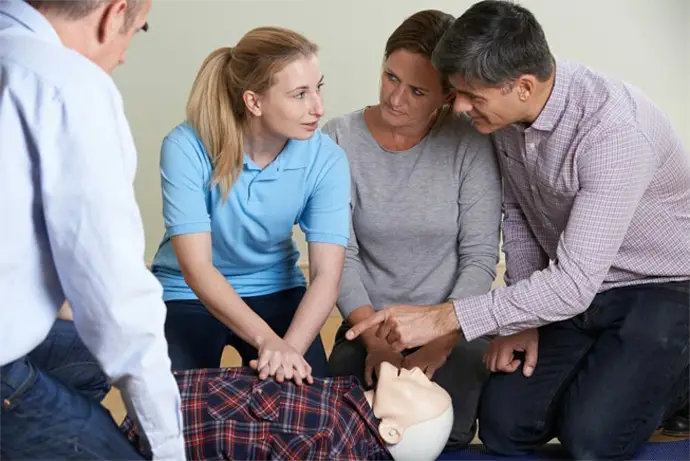
Blended Online BLS Provider Course
If you are or want to become a nurse, physician, paramedic, dentist, dental assistant, certified nursing assistant, medical assistant or work in another capacity in the healthcare field, you may need BLS certification.
If you’re looking for BLS renewal or certification in Chicago, we host several blended BLS hands-on skills sessions each week. Most BLS classes are held at our suburban office in Elmwood Park, just outside of Chicago. We also frequently host public BLS classes at Chamberlain College of Nursing in Addison, IL, and Tinley Park, IL, along with several local businesses. We’ve recently teamed up with Little Rock Fox Fire Protection District in Plano, IL, in Kendall County, to host public BLS Classes for local residents.
Illinois Safety is an approved American Heart Association training center. All of our instructors are firefighters and paramedics who put their real-life experiences to work in the classroom.
Whether you need BLS certification or BLS recertification, make sure that you train and accredit yourself under the auspices of the most reputable program. Don’t be fooled by any companies that offer online-only BLS classes. You want to choose courses that are accredited by the American Heart Association because most schools and employers will not accept BLS certifications unless they have AHA accreditation.
Yes. All students who complete the BLS Provider Course will receive their certifications the same day.
Yes. Previous American Heart Association certifications were called “BLS for Healthcare Providers,” while new certification cards have the words “BLS Provider” on them. They are the same certifications.
We charge the same prices to come and host a class at your location. We simply ask for a minimum of six students.
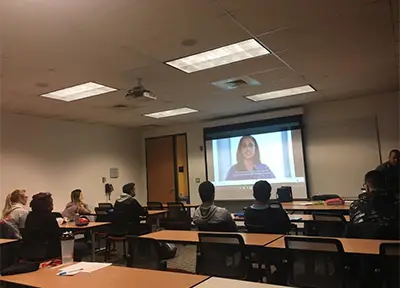
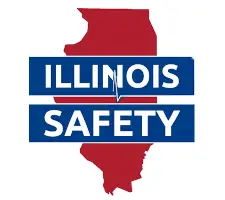
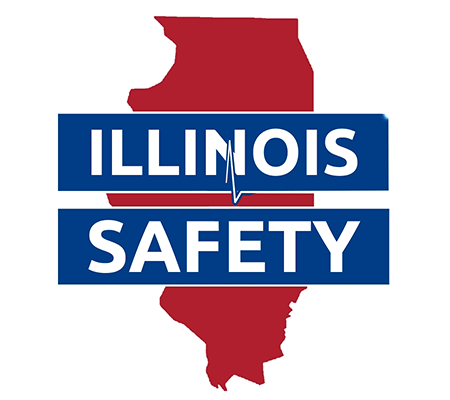
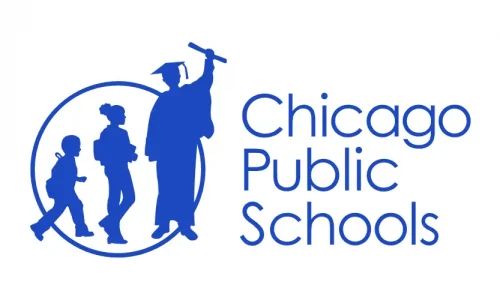
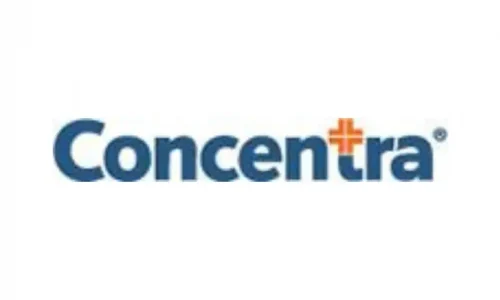
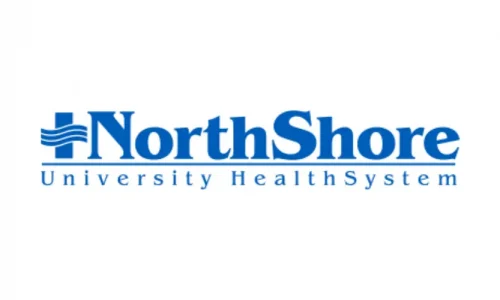
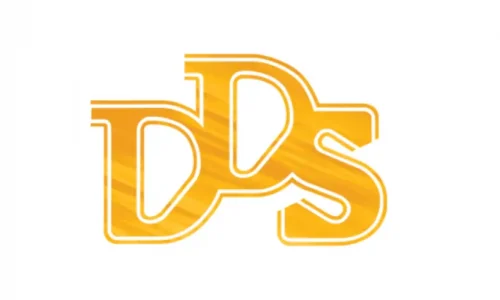

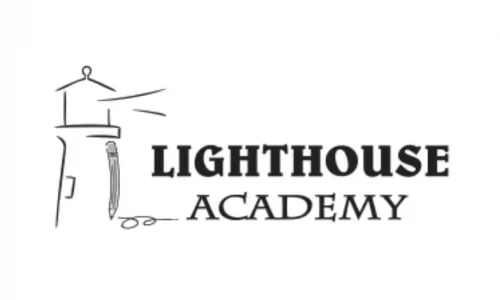
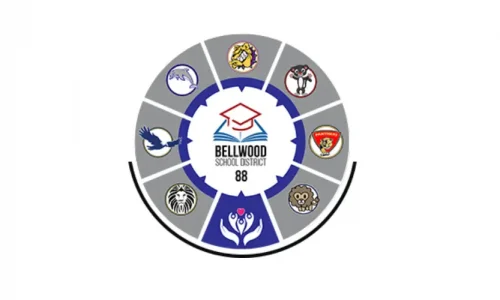
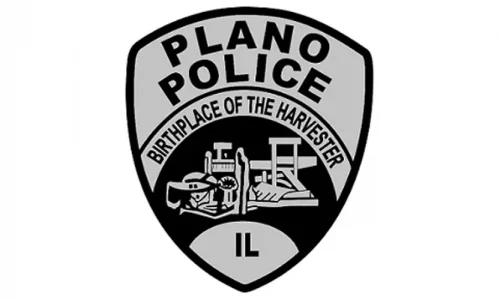

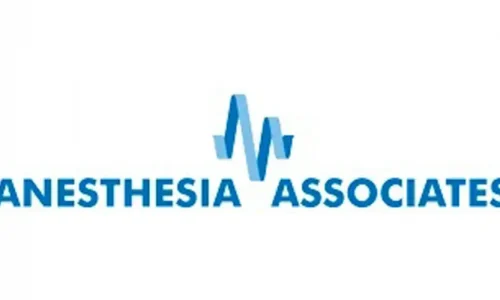
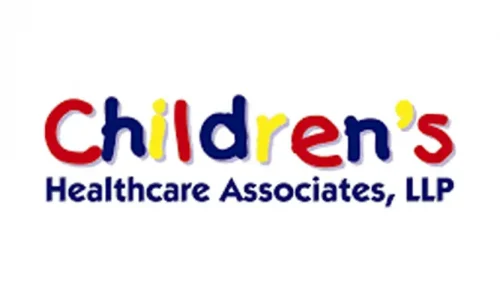

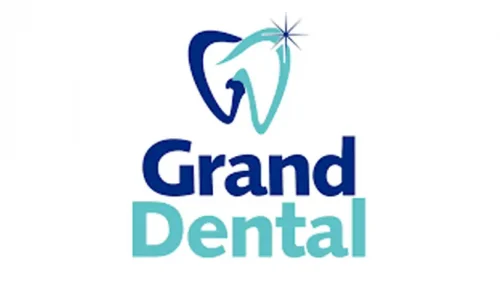

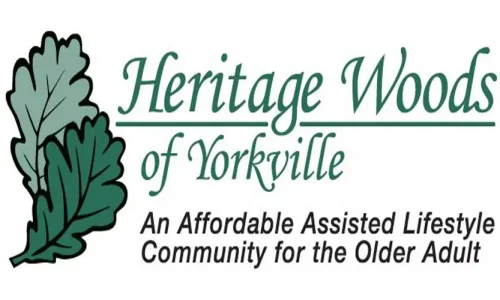
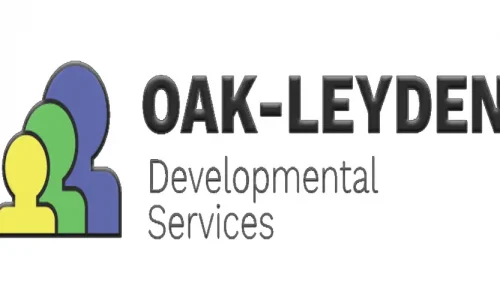
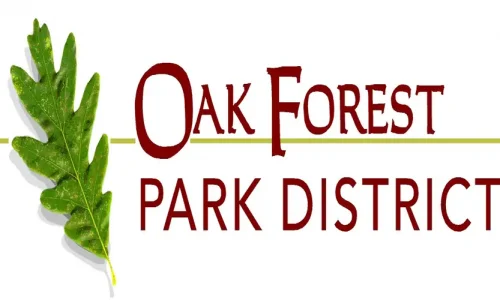
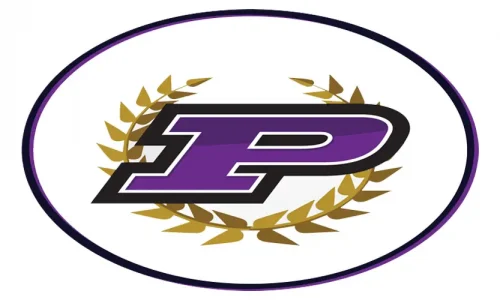
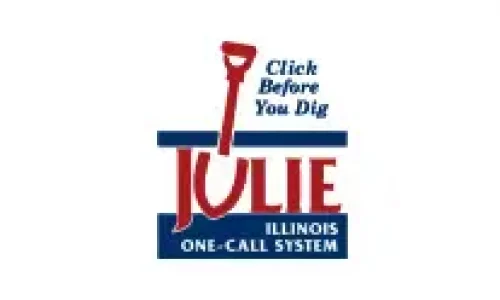

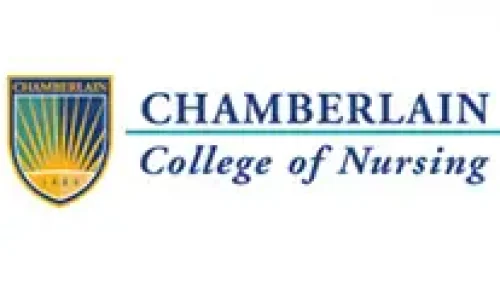
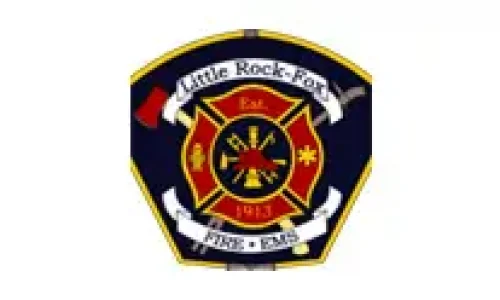
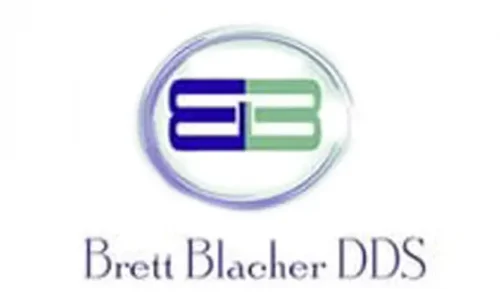


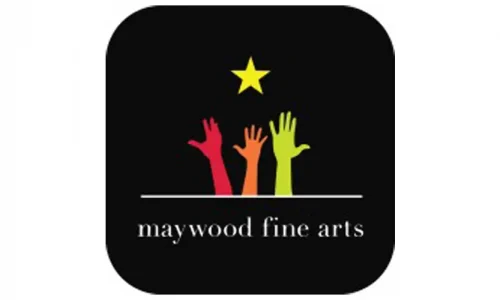

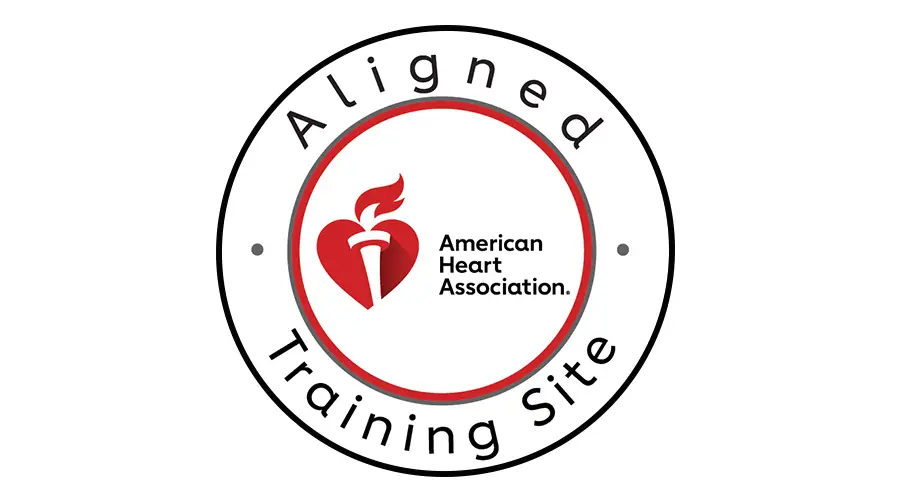
 Powered by
Powered by